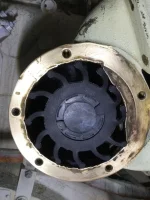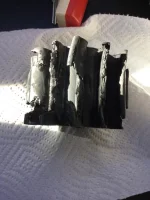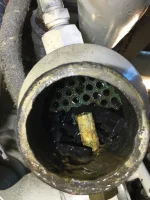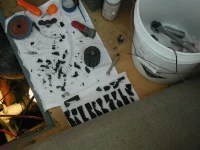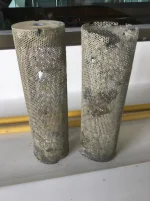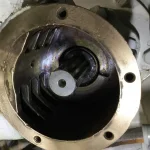On our 8V71TIs I pull all impellers at winterizing with a Jabsco impeller tool and drop them in a pot of very hot water. That "straightens" the vanes. I also pull the Genny impeller. After the vanes are straight I take them out and they sit on the dining room table until I reinstall them in the spring. But I buy/install new impellers every two years regardless of how good they look.
For installation, I again put the impellers in very hot water for a few minutes, then take them out of the pot, smear some lubricant on the pump inner surface and the impeller vanes. I can push the warm, lubricated impellers in by hand with no need for wire ties, hose clamps, etc.
I have often said that we all do what we are COMFORTABLE doing, regardless of what may be the "normal" or "recommended" way. I am not comfortable leaving impellers in place over the winter with no idea of their condition when the engines are restarted in the spring. I want to see/inspect them and KNOW they are in excellent condition every season.
I do NOT want to pull an impeller after some years when there is a flow problem to discover impeller vanes/bits are now somewhere in the intercooler...


